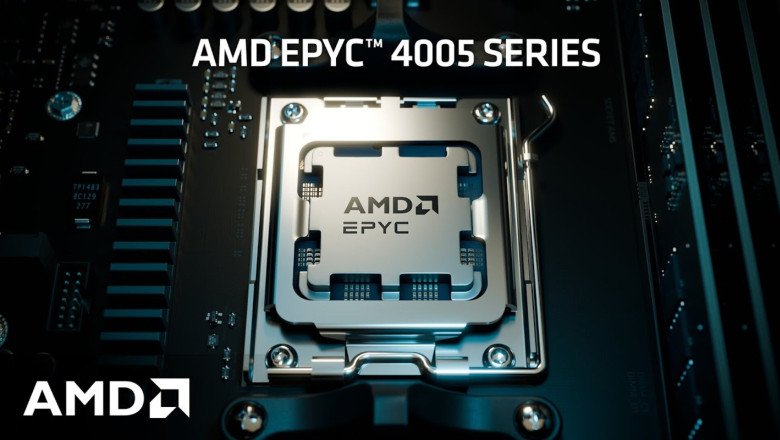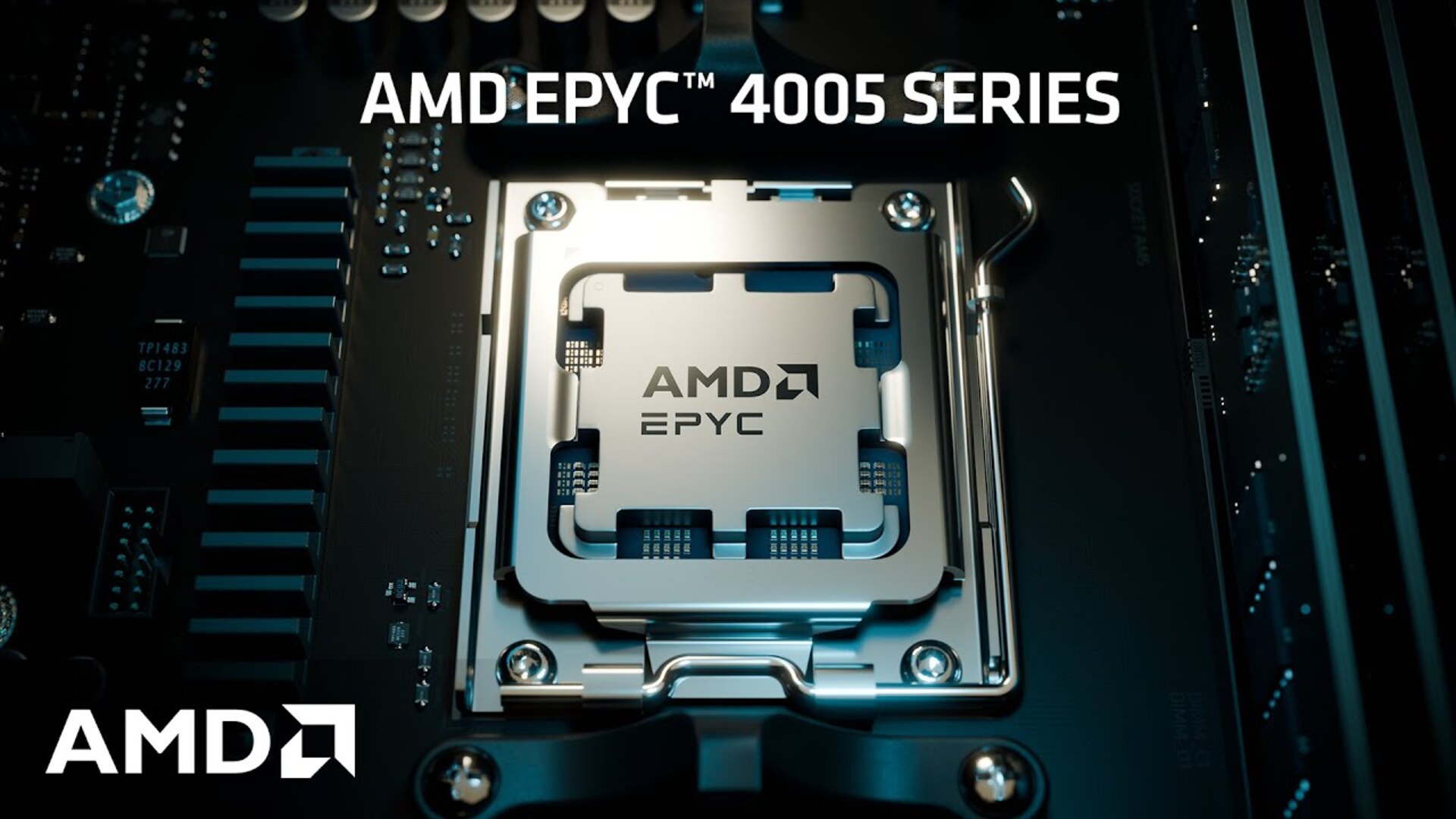
views

In an eight-year leap, AMD’s new EPYC 4585PX processor from the EPYC 4005 “Grado” series has shown performance improvements that nearly triple the output of AMD’s original flagship server chip, the EPYC 7601.
Interestingly, the EPYC 4585PX processor is not part of the high-end EPYC 9005 family but rather a lower-cost, power-efficient alternative.
According to Phoronix, over 200 benchmarks were run on Ubuntu 25.04 across varied workloads, server tasks, HPC, scripting, media encoding, and compilation.
On average, the EPYC 4585PX delivered 2.69 times the performance of the original 7601, despite fewer memory channels and a more compact setup.
When adjusted for power, the improvement looks even more striking: on a performance-per-Watt basis, the newer chip is 2.85x more efficient, thanks to more refined architecture and improved design efficiency.
These results are likely to interest enthusiasts of the best server hardware, and they raise questions about how far older enterprise systems have fallen behind.
It also puts AMD’s lower-cost chips in contention with more expensive processors typically used by top-tier web hosting providers.
Sign up to the TechRadar Pro newsletter to get all the top news, opinion, features and guidance your business needs to succeed!
Not everything is a clean win, however. While the wall power usage of the full system was significantly improved – 225W for the newer platform compared to 238W for the older Naples server – the CPU-level measurements were less decisive.
Average CPU consumption was 153W for the EPYC 4585PX and 141W for the older 7601, with peak values of 204W and 195W, respectively.
These figures suggest that while the system as a whole has become more efficient, the processor alone hasn’t cut energy use as dramatically.
For those seeking green infrastructure, especially small business operators or SOHO setups, the lower idle draw may be more relevant than full-load comparisons.
Running on a modern Supermicro platform with just two DDR5 DIMMs, the EPYC 4585PX system still managed to beat the eight-channel memory performance of the EPYC 7601 in most workloads.
That suggests memory bandwidth isn’t the only performance determinant anymore.
With support for newer chipsets and more efficient memory, the “Grado” system appears to offer real headroom for entry-level infrastructure deployments, especially for NAS builds where power efficiency and thermal limits matter.
The data shows AMD’s low-cost EPYC 4005 chips may now outperform former flagships without breaking the bank or the power budget.
The upcoming comparison with EPYC 9005 chips promises even greater gains, although the takeaway for now is that you no longer need a premium part to get premium performance.
https://wol.com/amds-budget-server-cpu-just-destroyed-its-old-flagship-almost-3x-faster-and-shockingly-efficient/

























Comments
0 comment